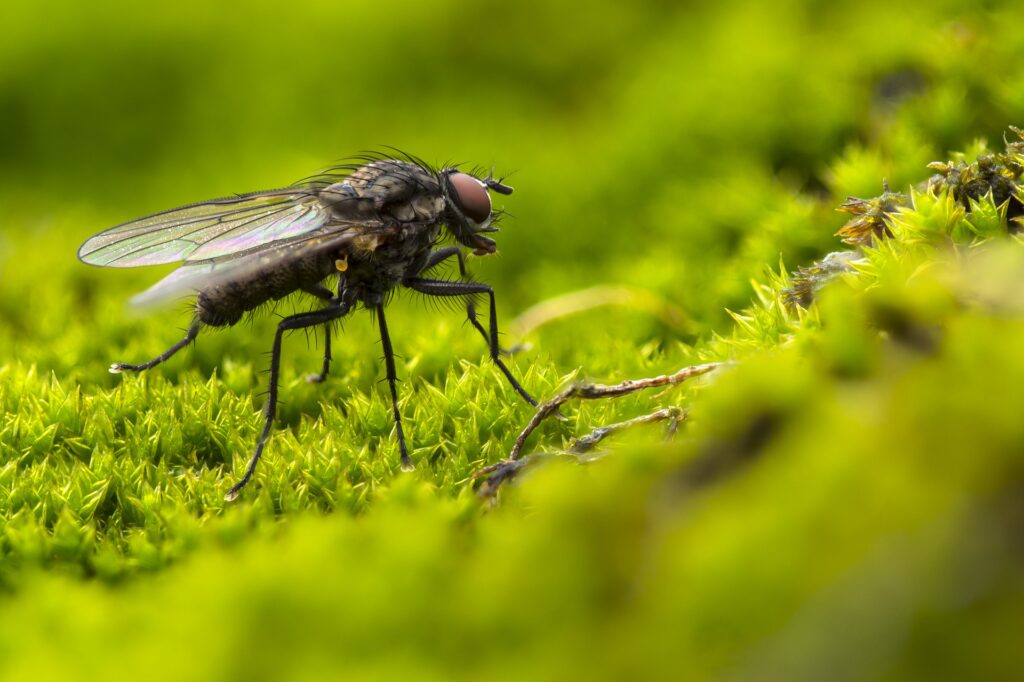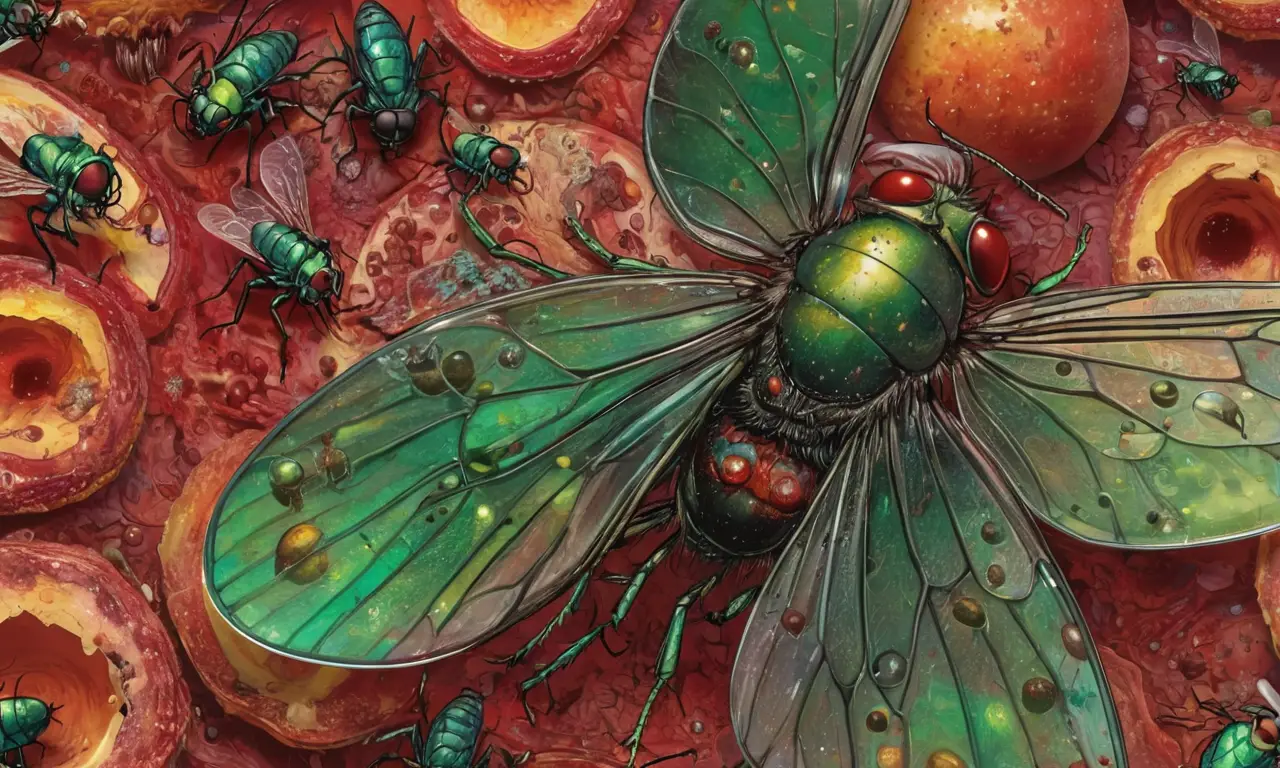
Flies are ubiquitous insects that often buzz around our homes and gardens, sometimes becoming a nuisance. Their presence can be both fascinating and frustrating, prompting many to wonder about the reasons behind their characteristic buzzing flight and how they manage to move with such agility. This article delves into the world of flies, exploring their unique flight characteristics, the science behind their buzzing sound, and the origin of their common name.
This exploration will cover various aspects of fly locomotion, from the mechanics of their wings to the evolutionary adaptations that allow them to navigate complex environments. We’ll also examine how their rapid flight contributes to their survival and success as a species.
Fly Flight Characteristics
Flies possess remarkable flight capabilities due to several key anatomical features. Their wings are thin, membranous structures supported by veins that provide strength and flexibility. Unlike the rigid wings of butterflies or moths, fly wings can move independently in complex patterns, enabling them to execute precise maneuvers. The wings beat incredibly fast, often exceeding 200 beats per second, generating lift and thrust for flight.
Wing Structure
A fly’s wing is a marvel of biological engineering. It consists of a thin membrane stretched over a network of veins that provide structural support. These veins are interconnected by cross-veins, creating a framework that allows the wings to flex and bend while maintaining their shape. The surface of the wing is covered in tiny hairs called setae, which help to reduce friction and enhance lift.
Flight Muscles
Flies have specialized flight muscles attached to their thorax, the middle segment of their body. These muscles contract rapidly and powerfully, driving the movement of their wings. The direct flight muscles are responsible for the upstroke and downstroke of the wings, while indirect flight muscles help to control the angle and shape of the wings during flight.
Buzzing Sound

The characteristic buzzing sound produced by flies is a result of the rapid beating of their wings. As the wings move through the air, they create pressure waves that travel outward in all directions. These pressure waves are perceived by our ears as a high-pitched buzzing sound. The frequency and intensity of the buzzing depend on the speed at which the wings beat and the size of the fly.
Sound Production
The buzzing sound is not simply a byproduct of wing movement; it plays a role in fly communication. Some species use specific buzzing patterns to attract mates or defend their territory. Researchers have also discovered that flies can adjust the frequency and intensity of their buzzes to communicate with each other in different situations.
Agile Locomotion
Flies are incredibly agile fliers, capable of executing complex maneuvers with ease. They can hover in mid-air, change direction quickly, and even fly backwards. This agility is due to a combination of factors, including their wing structure, flight muscles, and sensory systems.
Sensory Input
Flies have highly developed sensory organs that allow them to perceive their surroundings accurately. Their compound eyes provide a wide field of view and excellent motion detection capabilities. They also possess sensitive antennae that detect air currents and chemical signals. This wealth of sensory information allows flies to navigate complex environments and avoid obstacles with precision.
Flight Control
Flies have evolved sophisticated mechanisms for controlling their flight. They can adjust the angle and shape of their wings, as well as the speed at which they beat, to achieve precise movements. Their direct and indirect flight muscles work in coordination to produce a wide range of flight patterns.
Common Name Origin

Why are flies called flies? The common name “fly” for these insects stems from their characteristic mode of locomotion: rapid, fluttering flight. Their wings beat incredibly fast, creating the buzzing sound often associated with them. This swift and agile flying ability has earned them the descriptive moniker “flies,” a term that reflects their defining physical trait and behavior.
Etymology
The word “fly” has its roots in Old English, where it was used to describe any insect that flew. Over time, the term became more specific and came to refer primarily to members of the order Diptera, which includes house flies, fruit flies, and other common species.
Conclusion
Flies are fascinating creatures with remarkable flight capabilities. Their unique wing structure, powerful flight muscles, and sophisticated sensory systems allow them to navigate complex environments with agility and precision. The buzzing sound they produce is a result of their rapid wing beats and plays a role in their communication. The common name “fly” aptly reflects their defining characteristic: their swift and fluttering mode of locomotion.
